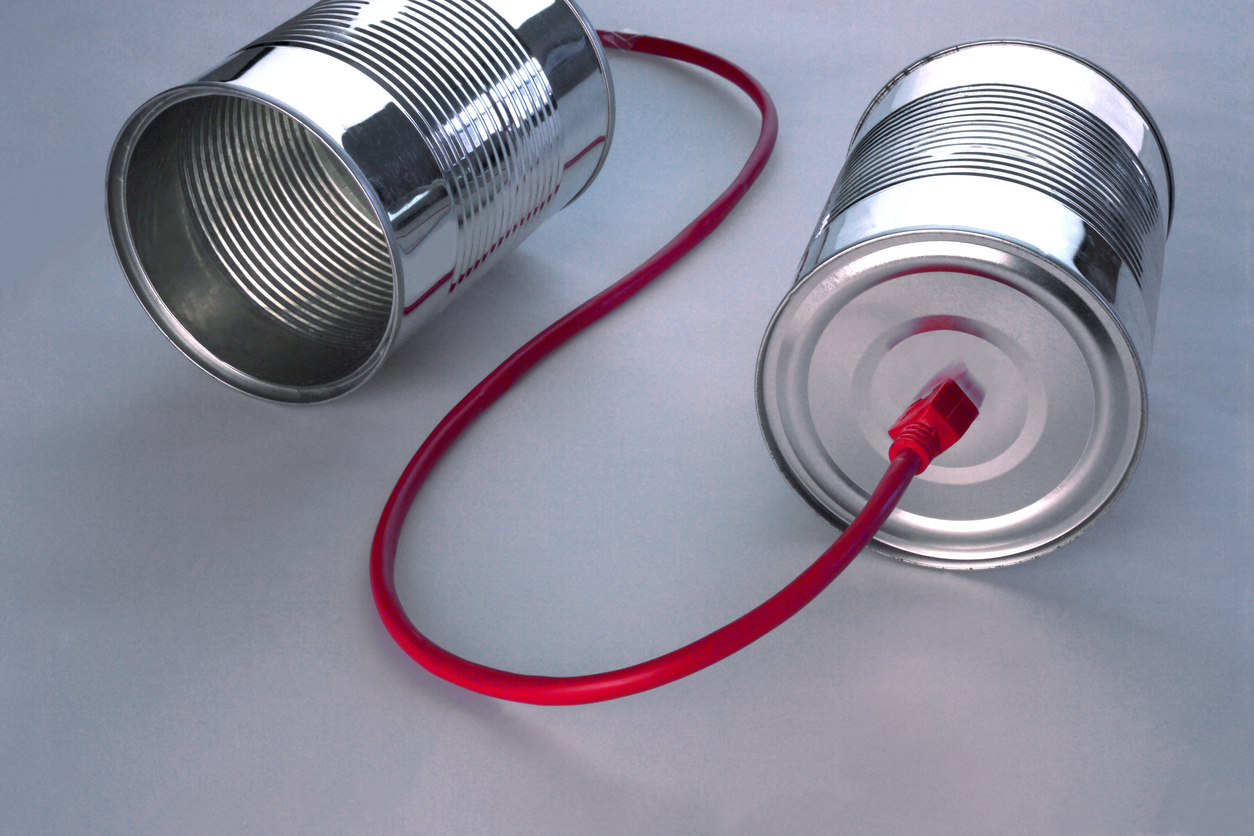Solutions

MDsyncNET’s cloud-based software reduces inefficiencies, delivers immediate results, and maximizes ROI.
WHO WE SERVE

MDsyncNET delivers right-sized software to healthcare organizations in a variety of environments.

Verizon’s “Can you hear me now?” slogan is still reverberating in hospital offices and corridors – only now the question on everyone’s lips is, “Didn’t you get my message?” Hospital communication challenges wax and wane, but the claim that an intended recipient never received a time-sensitive message is one that endures.
Researchers have delved deeply into the negative impact that poor hospital communication can have on patients and patient outcomes. The National CBS Report, “Malpractice Risks in Communication Failures,” reviewed malpractice claims and found that healthcare miscommunication led to 2,000 deaths and $1.7 billion in awards. Forbes outlined ten ways that healthcare communication is missing the mark, including researchers not talking to one another, the lack of interoperability in electronic health records, and the lack of transparency by policymakers.
But beyond the walls of the exam room and the halls of Congress, there exists a distinct intra-hospital communication challenge that is too often ignored. It can be difficult for hospital staff to consistently distribute information and ensure that intended recipients both receive and read the communications. All too often, senders hear the refrain, “I didn’t get the message.”
Cloud-based broadcast messaging software can combat this problem by enabling staff members to instantly send messages to pre-defined distribution lists. For example, surgery room readiness messages can be sent to the surgical team, or committee communications can be disseminated to committee members. Drug alerts, emergency response team alerts, and survey team alerts can be sent to the mobile or desktop devices of those on the respective distribution lists. Hospital-wide announcements, such as newsletters and celebration invitations, can be easily distributed.
In using a combination of distribution lists and email templates, sending hospital communication messages is virtually effortless. For the recipients, message retrieval is equally straightforward. With a cloud-based system, a copy of the message is stored and accessible via a web interface. When a recipient opens the message, a read receipt allows sender to verify that the message was delivered as intended.
There are myriad hospital communication challenges, but intra-hospital messaging issues can be easily solved. MDsyncNET’s cloud based Broadcast module leverages easy-to-use templates and distribution lists to boost efficiency, reduce costs, and eliminate the frustration that underlies the question, “Didn’t you get my message?”

© 2022 All Rights Reserved. MDSYNCNET | Privacy Policy & Terms and Conditions